23 Resistant Outdoor Plants: [List, Characteristics and Care]

 You have a garden, an orchard or a terrace, where you like to have flowers and plants that adorn said place, correct?
You have a garden, an orchard or a terrace, where you like to have flowers and plants that adorn said place, correct?
However, they die after a short time or require a lot of care. If this is your problem, you have probably come to the right article.
What will you find in this article?
- The characteristics that make an outdoor plant resistant.
- A list of the most resistant outdoor plants that will give you the least problems. In addition to its characteristics and care.
What characteristics does a resistant outdoor plant have?
Among the plants there is a huge group that are very resistant, which makes them perfect to be grown outdoors. These types of plants require little care and tolerate any weather conditions well.
What are the best known hardy outdoor plants?
Some of the most popular hardy outdoor plants are:
Zamioculca
 This plant is described by many horticulturists as the most resistant of outdoor plants, due to the little care it requires.
This plant is described by many horticulturists as the most resistant of outdoor plants, due to the little care it requires.
It comes from Africa and its most outstanding characteristic is the shiny appearance of its intense green leaves. It can reach a height of up to one meter.
- Light Need: Requires a lot of light.
- Irrigation: A lot of irrigation if it is in bright areas and little if it is in shade.
- Substrate: It adapts to any type of soil, being the light, soft and well-drained ones its favorites. It must be paid once a month.
yaupon dwarf
 It has the scientific name of «Ilex vomitoria» and is a tree that grows mostly in the southeastern part of the United States. It is resistant to both hot and cold, dry or humid, acidic or alkaline places.
It has the scientific name of «Ilex vomitoria» and is a tree that grows mostly in the southeastern part of the United States. It is resistant to both hot and cold, dry or humid, acidic or alkaline places.
Its growth is wide, since they do not usually exceed half a meter in height. Its original appearance and the tone of its leaves make it highly valued for the original touch it brings to gardens in winter.
Its care is very simple and it is not particularly harmed by the presence of mosquitoes.
- Need for light: It requires a lot of light, it also grows in semi-shade.
- Irrigation: 3 to 4 times a week in summer, less the rest of the year.
- Substrate: It grows in all types of soil but prefers slightly acid ones.
Verbena
 Verbena (Verbenaceae), is a plant with many varieties. It has jagged-shaped leaves and offers a flower that can come in different colors, such as blue, pink or purple.
Verbena (Verbenaceae), is a plant with many varieties. It has jagged-shaped leaves and offers a flower that can come in different colors, such as blue, pink or purple.
It blooms in the warmer season, mainly in the summer months.
- Light Need: Requires a lot of light.
- Irrigation: Frequent and abundant irrigation. He is a water lover.
- Substrate: All types of soils, but prefer those that are slightly acidic (pH 6 to 7).
Tecomaria
 It is a family of shrubs and small trees that grow naturally and are most abundant in America and South Africa. It is a climbing plant that can reach up to 3 meters.
It is a family of shrubs and small trees that grow naturally and are most abundant in America and South Africa. It is a climbing plant that can reach up to 3 meters.
It has evergreen leaves and tubular flowers in colors ranging from red to orange and can grow at any time of the year. It is undemanding:
- Light requirement: Requires a lot of light, but also adapts to shade.
- Irrigation: Very little irrigation.
- Substrate: Requires permeable substrates and humic soils that contain minerals and can increase water retention.
succulents
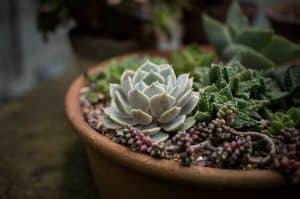 They are plants that grow very quickly and hardly need care. These are the main reasons why succulents abound in more and more homes, in gardens and terraces.
They are plants that grow very quickly and hardly need care. These are the main reasons why succulents abound in more and more homes, in gardens and terraces.
Many succulents with beautiful colors and shapes are fast growing and do not usually take up much space.
- Light requirement: Requires a lot of light and also adapts to shade.
- Irrigation: Little or moderate irrigation, without flooding.
- Substrate: The substrate must be normal, that is, soil with minerals, and substrate for cacti, with porous stones, or sand.
Passiflora
 There are many hardy outdoor plants; passionflower is one more. Also known as Passion Flower, it is a climbing shrub with very vigorous growth.
There are many hardy outdoor plants; passionflower is one more. Also known as Passion Flower, it is a climbing shrub with very vigorous growth.
It is a highly valued plant for cultivation in gardens or terraces, due to the bright colors of its flowers. If it has space it can reach up to 7 meters in height.
Oceania, Asia and Australia are the continents where Passiflora grows most abundantly, and it does so especially in the warmer areas.
- Need for light: Light and semi-shade.
- Irrigation: Little irrigation, but in summer it should be watered abundantly.
- Substrate: It requires a good substrate that can be made up of a part of fertile substrate, a part of peat and a part of sand.
dichondra
 It is a plant widely used in gardening to replace grass, but it is also possible to grow it in a pot and decorate a corner of a terrace with it.
It is a plant widely used in gardening to replace grass, but it is also possible to grow it in a pot and decorate a corner of a terrace with it.
It receives the popular name of “kidney grass”, due to the peculiar shape of its leaves. It is a plant resistant to sun, humidity and even footsteps.
- Need for light: Requires light, but welcomes shade.
- Watering: Abundant watering, it likes humidity.
- Substrate: It is not demanding with the soil and requires fertilizer for this type of plant once a week.
chrysanthemums
 The chrysanthemum is a herbaceous species native to Asia, especially China, and northeastern Europe. It belongs to the Atereceaes family and is made up of long, strong stems with leafy leaves.
The chrysanthemum is a herbaceous species native to Asia, especially China, and northeastern Europe. It belongs to the Atereceaes family and is made up of long, strong stems with leafy leaves.
Most of its varieties can reach a meter in length or more. Chrysanthemums have purple or yellowish colors; although they are also cultivated to produce other colors.
It is easy to grow and care for.
- Light Need: Requires a lot of light.
- Irrigation: It needs frequent watering.
- Substrate: A mixture of good plant substrate and peat.
Boxwood
 Boxwood is a shrub that usually grows in semi-dry soils, it has rigid branches that grow numerously, as well as green and leathery leaves. It has small flowers and an unpleasant smell.
Boxwood is a shrub that usually grows in semi-dry soils, it has rigid branches that grow numerously, as well as green and leathery leaves. It has small flowers and an unpleasant smell.
It is widely used to decorate gardens offering different shapes, due to its great resistance and its slow growth, which allows the shape that has been created to be maintained over time.
- Light requirement: Partial shade and indirect sunlight.
- Irrigation: Moderate, but without excesses.
- Substrate: The soil must be loose and rich in lime. Requires fertilizer for green plants.
bougainvillea
 Bougainvillea (Bougainvillea sp.) is a thorny climbing plant highly appreciated for its spectacular flowering. It presents fuchsia, pink, white colors and blooms in spring, summer and even early fall.
Bougainvillea (Bougainvillea sp.) is a thorny climbing plant highly appreciated for its spectacular flowering. It presents fuchsia, pink, white colors and blooms in spring, summer and even early fall.
It does not require much care.
- Light requirement: Lots of light and direct sun.
- Watering: 3 times a week during the spring-summer period, then reduce.
- Substrate: It is used to living in soils of poor character. In a pot, you may need special liquid fertilizer for flowering plants, every 15 days.
Aloe Ferox
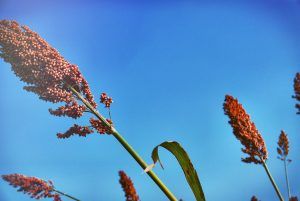 plant belongs to the large succulents, capable of reaching a height of three meters.
plant belongs to the large succulents, capable of reaching a height of three meters.
The leaves are thick and massive, and the peduncles reach 80 cm. The flowers of this variety of aloe are bright, orange or red in color. Tubular flowers are especially good when the plant releases several brushes at the same time.
From other types of aloe, this variety is different not only in size. Its juice has a high bitterness, the color of the leaf can be marshy and even brown. The plant is used for medicinal purposes, and is therefore grown especially on plantations.
At harvest, the weight of a single leaf can reach 2 kg.
bromeliads
The tropical leaves of the bromeliad (Bromeliaceae) are a fun patio accent, whether the plants choose to bloom or not.
Plants often fade after flowering, but you can do more by transplanting the pups that form around the mother plant.

coleus
Just one reason to love Coleus (Plectranthus scutellarioides): The explosion of new species on the market over the last 10 years means there’s a leaf color to suit every garden design.
Grow coleus in sun or shade, but keep it well watered for best growth. This plant is very hardy outdoors.
Pluck lavender flower spikes to keep the plants bushy, or leave them to attract hummingbirds to the yard.

Portulacaria afra
Portulacaria afra (known as elephant bush, dwarf jade plant, porkbush, and spekboom in Afrikaans) is a small-leaved succulent plant found in South Africa.
These succulents usually have a reddish stem and green leaves, but a variegated variety is also commonly grown. They are easy to care for and are easy houseplants to grow in a sunny spot.
In regions where there are no frosts, they can be sown outdoors.
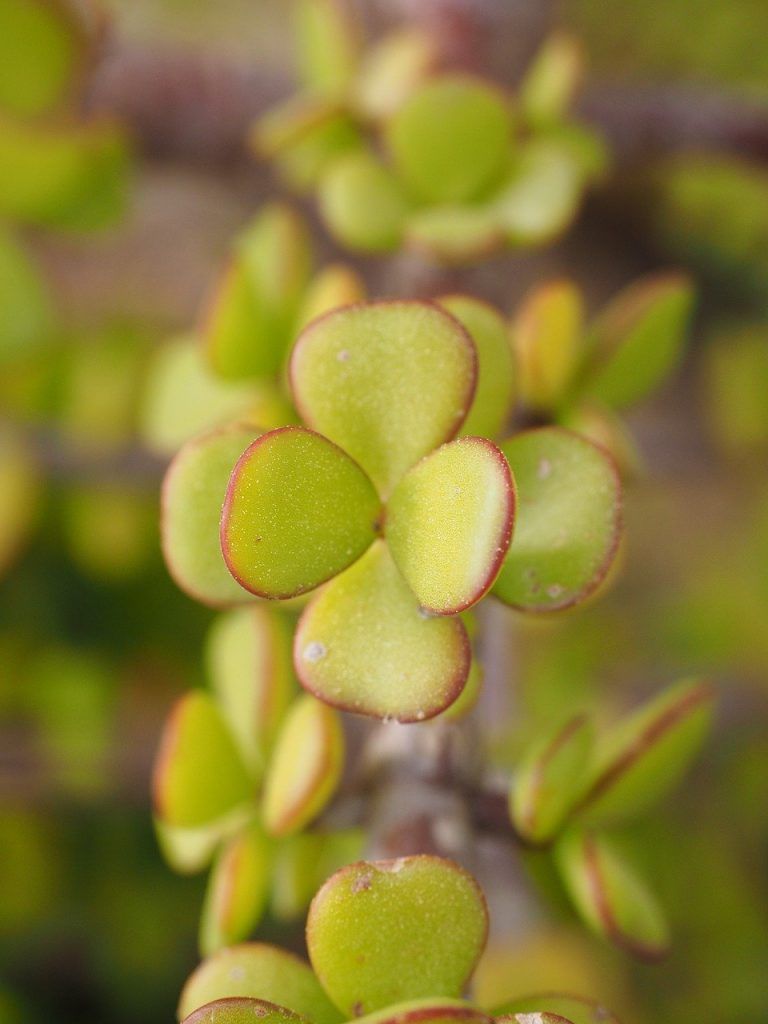
lantana
Lantana (Lantana camara) plants have a bad reputation for being invasive in warm areas, but some improved varieties such as ‘New Gold’, which do not bear fruit, reduce the ability of this plant to spread.
The plants bloom continuously in warm, sunny weather, and are drought resistant, especially in larger patio pots.

pentas
Few plants are as attractive to pollinating insects as the free-flowering pentas (Pentas lanceolata) .
The cheery star-shaped flowers bloom in thick clusters of white, pink, lavender, or red throughout the summer on mound-shaped plants that reach 18 to 28 inches in full sun.

Agave
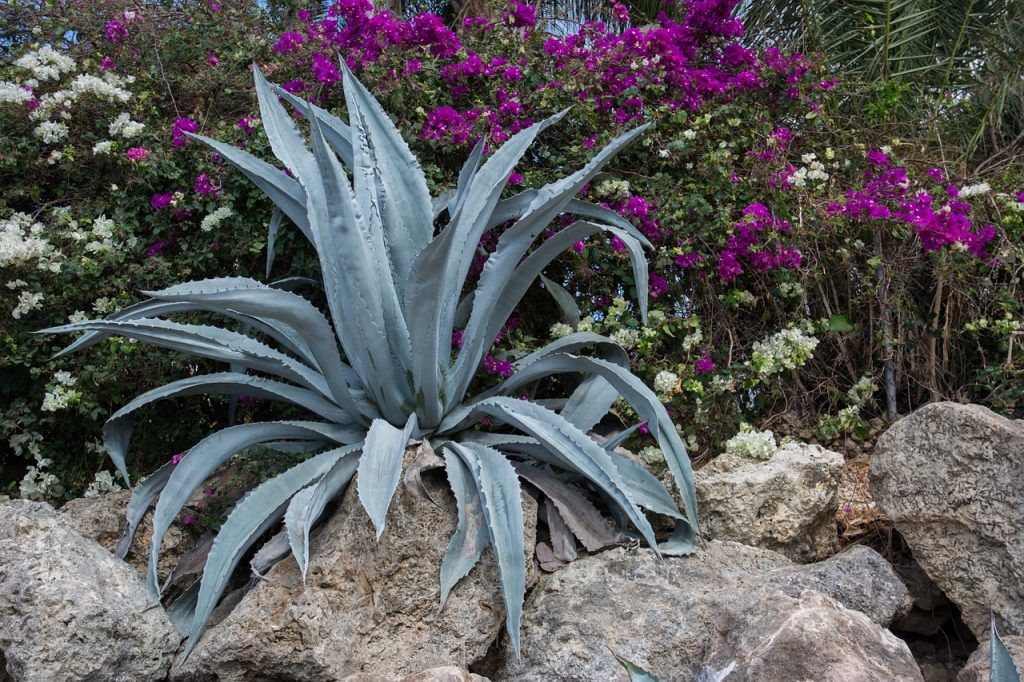
Agave is a genus of monocots native to hot, arid regions of America, although some species of Agave are also native to tropical South America.
The genus Agave (from the ancient Greek αγαυή, agauê) is mainly known for its succulent and xerophytic species that usually form large rosettes of strong and fleshy leaves.
Agave now includes species that were previously included in other genera, such as Manfreda, ×Mangave, Polianthes, and Prochnyanthes.
Plants in this genus can be considered perennials, as they require several to many years to mature and flower.
However, most Agave species are more accurately described as monocarpic or multiannual rosettes, as each individual rosette flowers only once and then dies; a small number of Agave species are polycarpic.
Maguey flowers are considered edible in many indigenous Mesoamerican culinary traditions.
croton
You may see croton plants (Codiaeum variegatum) in the houseplants section of garden stores, however they make great patio plants and will grow much taller with exposure to outdoor sun and rain.
Its leathery, rainbow -colored leaves thrive in full sun and require only moderate watering.

Hibiscus
Its huge flowers and brilliant colors make the tropical hibiscus (Hibiscus rosa sinensis) a favorite in our garden.
Be sure to provide plenty of sun and water to keep it blooming well into fall.
Tropical hibiscus is very sensitive to cold temperatures, doing its best between 21-32°C, shutting down when temperatures drop below 10°C.

foxtail ferns
Foxtail ferns (Asparagus aethiopicus) add a playful sculptural accent to patio planters and hanging baskets, looking like a Medusa-inspired gathering of bright green plumes.
Plant them in partial shade and keep them constantly moist.
pelargonium
Also known as zonal or regal geranium, the appearance of pelargoniums (Geraniaceae) in garden centers in late spring seems to trigger a planting frenzy that coincides with Mother’s Day.
If you decide to gift Mom some pelargoniums for her garden, tell her to grow them in full sun, water them regularly, and feed them monthly.

canna indica
Cannas (Cannaceae) command attention wherever they grow, and taller varieties such as ‘Giant Durban’ make excellent patio cover plants.
Cannas are very hungry and thirsty plants, so keep them very moist and feed them a balanced compost to help them reach their potential.

Bamboo
Bamboo (Bambusoideae) is an impressive plant that sometimes forgets its manners when it invades the garden with its fast-growing rhizomes.
The solution is to choose small varieties of bamboo, such as the Chinese Pleioblastus ‘Variegatus’, for growing in patio pots.
Use a container of at least and water frequently. Bamboo likes shade in the hottest hours of the day.

Fountain grass or lawn
Add texture, height and color to your garden with fountain grass.
This ornamental grass blooms with feathery tan, pink, or purple flowers from late summer through fall and continues to display vibrant foliage throughout winter.
There are many varieties of fountain grass to choose from, and they all thrive in many areas and with minimal maintenance. You just have to make sure you plant it in an area where it can bask in the sun.

Bibliography and references
- Perez, Louis; Egana, Loli. (2019). Cacti and Succulents. I post. Miraflores-Peru.
- Raven, Peter H.; Evert, Ray Franklin; Eichhorn, Susan E. (1992). Plant Biology. Editorial Reverté. Barcelona, Spain.
- Farre, Carme; Garceran, Teresa. (2008). The Mediterranean Garden. European Hispanic Publisher. Barcelona, Spain.
- Salmeron de Diego, Jose. (1989). Pests and diseases of chrysanthemums. Disclosure sheets. General Technical Secretariat (MAPA). Madrid Spain. Reproduced from: https://www.mapa.gob.es/ministerio/pags/biblioteca/hojas/hd_1989_05.pdf
- Pineda Mora, Felipe Ariel. (2014). Analysis of hydric erosion in slopes planted with dichondra in autumn. Bio Bio University. Concepcion- Chile. Reproduced from: http://repobib.ubiobio.cl/jspui/bitstream/123456789/1444/1/Pineda_Mora_Felipe_Ariel.pdf

![Photo of Learn to Plant Corn: [12 Steps] and Much More](https://www.complete-gardening.com/wp-content/uploads/2022/08/learn-to-plant-corn-12-steps-and-much-more-390x220.jpg)
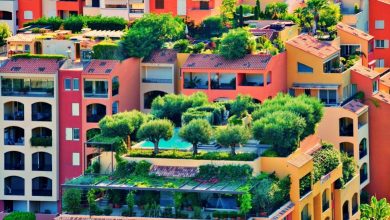
![Photo of Plant Cola de Burro in your Garden: [Irrigation, Care, Light and Substrate]](https://www.complete-gardening.com/wp-content/uploads/2022/08/plant-cola-de-burro-in-your-garden-irrigation-care-light-and-substrate-390x220.jpg)
![Photo of Radish: [Crop, Irrigation, Associations, Pests and Diseases]](https://www.complete-gardening.com/wp-content/uploads/2021/06/Rabanito-390x220.jpg)